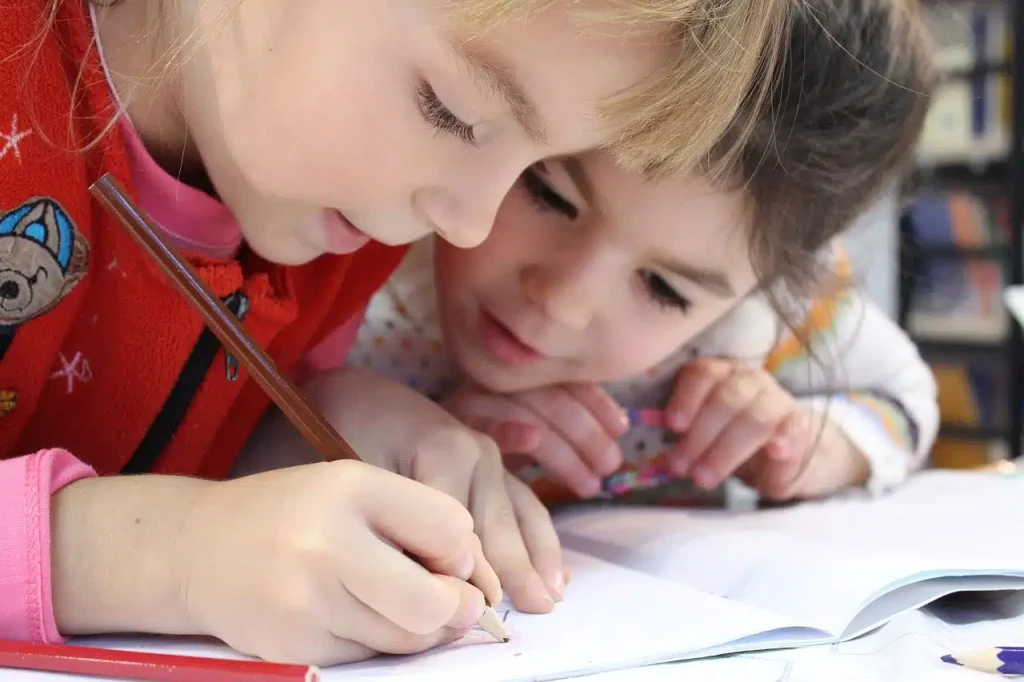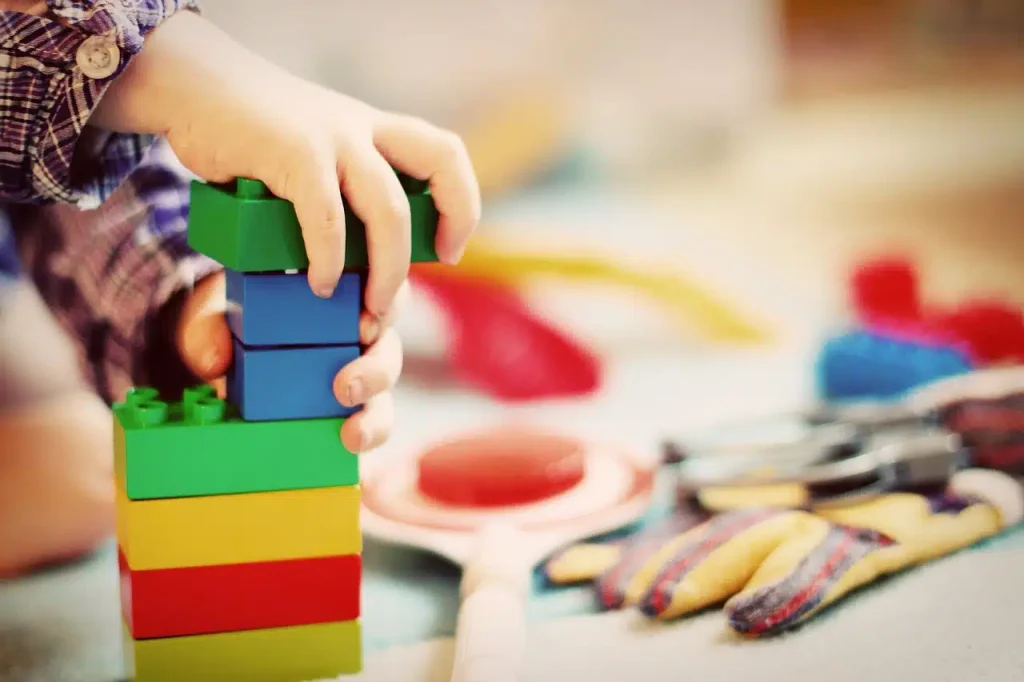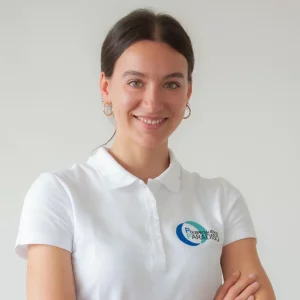The acronym ADHD refers to Attention Deficit Hyperactivity Disorder. It is a neurodevelopmental disorder characterized by:
- difficulty paying attention and maintaining concentration
- impulsive behaviors
- physical restlessness
When Can It Appear and How Is It Recognized?
It is estimated that about 5–7% of school-age children suffer from ADHD. Symptoms evolve over time but, in general, the condition persists into adulthood, bringing consequences in family, work, and social life.What Are the Main Symptoms of ADHD?


The main symptoms seen in children with ADHD are:
- difficulty completing any task that requires concentration
- apparent disinterest and tendency not to listen to what is being said
- excessive liveliness (running, climbing, jumping on chairs)
- easily distracted
- tendency to talk continuously, answering impulsively before hearing the full question
- inability to wait their turn in line or in groups
- may show significant learning difficulties
What Does the Treatment of Attention Deficit Hyperactivity Disorder Involve?
ADHD treatment can be divided into pharmacological and non-pharmacological. In the first, medication is used that acts directly on brain function. The second favors a multidisciplinary approach, involving the child, the family, the physician, and different professionals, including the occupational therapist.Why Occupational Therapy for ADHD?
The main difficulties for a person with ADHD concern executive functions, such as planning, organizing and carrying out an activity, working memory, and problem-solving. There are also difficulties in time management, motivation, and the emotional-relational sphere. The Occupational Therapy program can be structured either individually or in groups. Following a careful assessment of the child’s difficulties and strengths, a treatment plan is established with the goal of:- Identifying obstacles present in the various life settings
- Identifying strategies tailored to the specific situation
- Helping the child put into practice what has been learned and refine already known strategies




